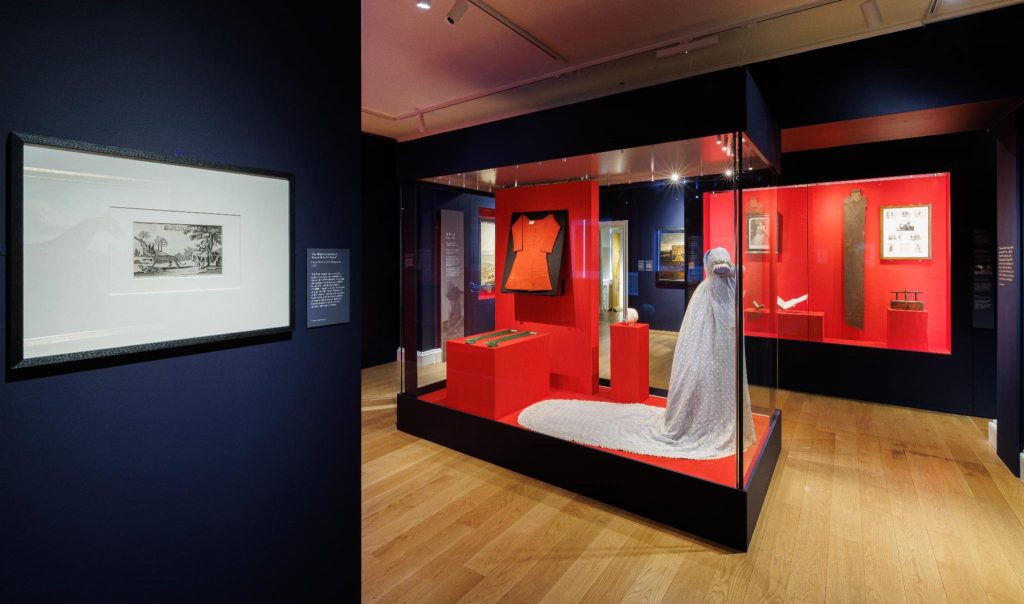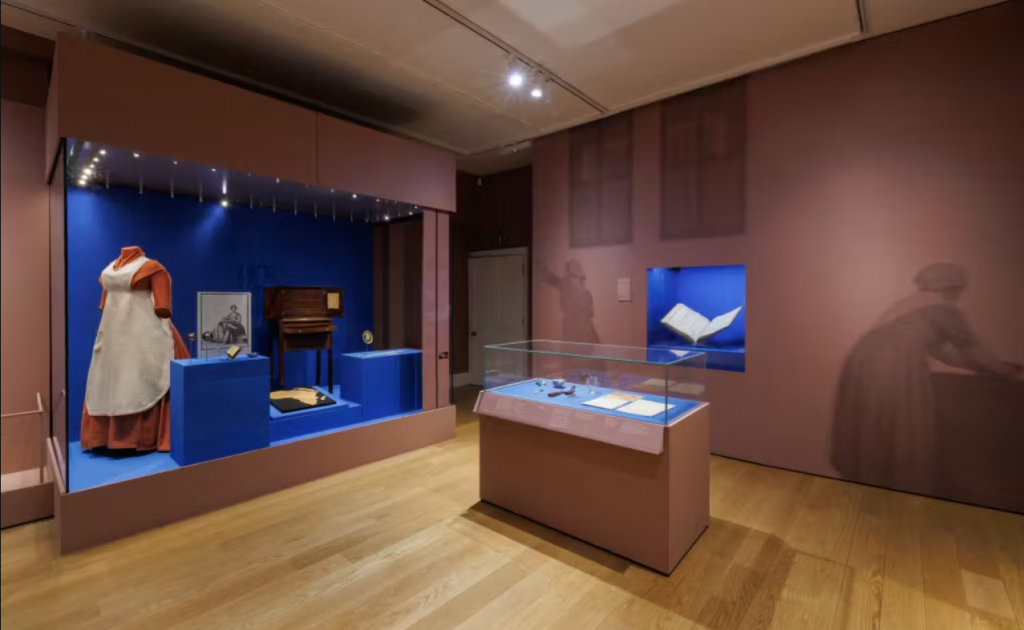Untold Lives: A Palace at Work
A new exhibition at Kensington Palace, uncovering the forgotten stories of those who worked at the royal palaces over 300 years ago. They were at the centre of royal life, but little is known about the servants and courtiers who ran royal palaces for centuries. From pages to cooks, from wetnurses to seamstresses, a host of workers managed life at Court and used their skills and expertise to look after the royal family and their homes. Now, for the first time, the lives and contribution of these forgotten figures will be explored in a new exhibition.
Untold Lives: A Palace at Work shines a spotlight on the overlooked people from all walks of life who worked tirelessly — often behind-the-scenes — to maintain, protect and promote the monarch and the royal palaces.
The exhibition reveals the breadth and diversity of the roles required to keep the palaces running. From the rat-killer, complete with his (or even her) own rat-embroidered uniform, to the ‘Groom of the Stool’, who was responsible for looking after the monarch on the toilet, the court was full of varied roles.
One such role was the ‘Keeper of Ice and Snow’, and one of its occupiers was a woman, Frances Talbot, whose story will be revealed for the first time. Talbot managed the royal icehouse at Hampton Court Palace in the 1770s, performing a physically demanding job, cutting ice so that palace guests could enjoy cold beverages, iced desserts and drinks all year round. Her role will be remembered with the first display of an ice saw in an exhibition at Kensington Palace.
The vital security role palace workers performed is also explored: on three separate occasions, servants and staff saved Kensington Palace from fire. Seemingly ordinary items including a fire bucket and an oil lantern will be on display, telling dramatic stories of salvage, and highlighting the people power that ensured the palace’s safety and survival.
The servants and palace staff who worked at Court came from a range of backgrounds and brought a huge variety of experience to the palaces. Some, like the Waterman William Timms, who served four monarchs over 46 years, chose to dedicate their lives to royal service.
However, the exhibition exposes the hierarchies and inequalities within the palaces of the time. For example, a young boy called Peter, found living alone in German woods was brought to Kensington Palace, and became famous as the subject of intense scientific and public interest, before being sent away. The exhibition also focuses on the unexpected origins and identities of some of these people, which have been uncovered by its curators during their research. In an age of great change in the form of colonial expansion, religious wars and a fledgling constitutional monarchy, new figures arrived at Court from all over the world. A range of portraits and objects explore the presence of Black and Asian royal servants and attendants at court. Among these figures was Abdullah, a wild cat keeper from India, and Mehmet von Könsigstreu, Keeper of the Privy Purse for King George I.
Images courtesy of Kensington Palace, London, UK,© Historic Royal Palaces.

